This is the weekend edition of TheMarioBlog and will be updated as needed. The next blog post is Monday, April 14.
TAKEAWAY: It seems only yesterday that the first iPad became available, generating unparalleled media interest and long lines at every Apple store in the US. Now the iPad is four years old. What has transpired? What have we learned?
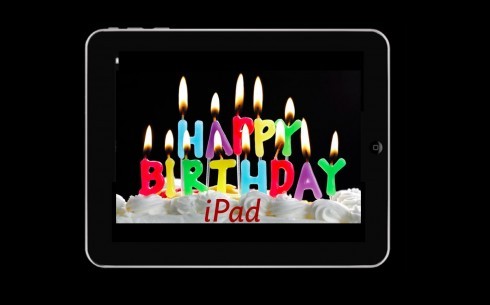

These were the real early tablets, my friend and colleague Dr. Roy Peter Clark reminds me—3100–2900 B.C
My grandson Daniel, who will soon be 4, is inseparable from his iPad
Just like my grandson Daniel will be on June 2, the iPad is now 4 years old. And what a glorious four years it has been for both of them.
In fact, Daniel does not remember life without an iPad by his side. His iPad came with no instructions, not that they were needed. Daniel knows exactly what to tap, how to turn the screen from vertical to horizontal, and as long as his finger is happy tapping on the screen, all is well with the world.
It’s been the same type of fun for people of all ages who confess they are inseparable from their iPads.
I can probably say that five of my grandkids do not remember life without the iPad or the iPhone. I have bought several iPads for them, and paid for repairs for two (you guessed it, iPads were dropped to the floor and the glass shattered to bits).
It has been that kind of history for my grandkids and their iPads.
In addition to everything else that the iPad has become, it is the ultimate babysitter. Tell me about it. Especially on long haul flights, if a child starts crying and won’t stop, I simply pull out my iPad and suddenly everyone in the cabin can go back to sleep.
A little big of history and some great moments
Now that we have reviewed how the iPad generation adores that artifact, we can reminisce about the iPad and the media.
I remember, too, how exactly four years ago on April 3, I paid a teenager to stand in the long line outside the Tampa Apple store to wait my turn. I remember how I felt when I had that white box with my first iPad in it: I was a child again, full of curiosity.
That curiosity has not disappeared, and neither has my satisfaction with the iPad and all that it can do (and not just as a babysitting tool). I find myself reading a variety of newspapers and magazines on my iPad. I sketch concepts on it. I watch an occasional TV show that I may have missed otherwise. I store photos, make the occasional video, and carry a portfolio of pages ready for showing at the touch of a button.
The popularity of iPads—-and tablets generally—-has not been so good for PCs. Today, tablets outsell PC computers for household devices. iPads have revolutionized our lifestyle at home, at school (experts tell us that student scores have improved since more schools introduced iPads in the classroom), and even at many restaurants where it’s possible to order straight from that iPad at your table.
How it all began
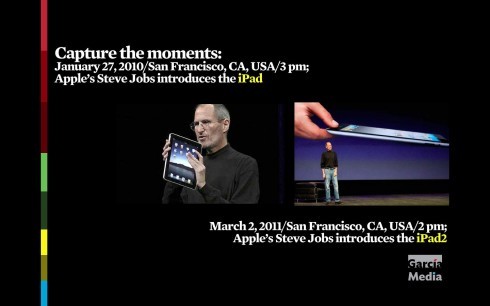
January 27, 2010: the world would never be the same
For us in the media business, January 27, 2010, became a historic day. That is when Steve Jobs introduced the iPad in San Francisco. We all stood in attention, not knowing what to expect, but aware that it will be a game changer perhaps.
Our reaction can be summarized like this:
Excitement: finally the savior?
Anxiety: is it just another gadget?
Ignorance: how do we take what we now have in our publications to the tablet?
The Poynter iPad Conference: 2010
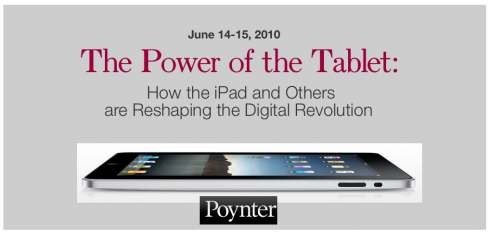
We organized one of the first, if not the first, iPad conference anywhere in June 2010 at The Poynter Institute for Media Studies.
A group of 100 plus publishers, editors, journalists, designers and technical folks from around the world came together in St. Petersburg, Florida, to assess how this new platform would affect the way we tell stories, present advertising and generate revenue.
At the end of that conference, we had reached some conclusions:
Storytelling has found its next best ally;
we will see a need for excellent
narratives and photos; with the enhancements of
audio, video and interactivity
Tablet editors are essential.
They are, indeed, the next breed of
creativity in the newsroom
Keys to early success: make it local, personal, needed, exclusive and simple. Don’t be afraid to experiment.
It is part of the responsibility of every
innovative tablet team to identify creative
ways to take print to its next stage of
evolution. A stronger, enhanced and
respected print edition is the mother
milk of the tablet
One thing was certain: The arrival of the iPad changed our landscape and the way we worked. It also completed what I still called the “media quartet”, joining the phone, print and online editions.
The creation of tablet editions
By the end of 2010, I was among many voices suggesting that newspapers and magazines publish special “tablet editions”, urging media companies to have dedicated tablet editors, and selecting the content that would go into these new platforms.
Lean back, second screen
We also began to detect that the iPad was primarily a lean back platform, used mostly in the evenings, and, ironically, in conjunction with some form of television viewing. Tablet users would lie down,kick off their shoes, turn on the TV and consume news and information on the tablet while watching TV. The tablet quickly became that second screen for many.
Tablet versus print
With the arrival of the tablet, a platform which provided an experienced as close to that of reading a printed newspaper or magazine, many were already beginning to forecast that print would die as a result.
No such thing, I kept saying, while emphasizing that what was true was the fact that we would have to re-evaluate the role of print. The iPad was like a brother/sister to print, in a way that online editions never were.
I wrote at the time:
“We will have to continue to search for ways to make print relevant and everlasting, by learning to differentiate each platform’s specific role. Print will disappear in those places where it is neglected. It will thrive where its role is redefined, enhanced and given the respect it deserves.”
I stand by that statement today and refer to such newspapers as Norway’s Aftenposten, South Africa’s The Citizen, Colombia’s El Tiempo and soon Canada’s The Ottawa Citizen, as examples where this is taking place. The same is true for many newspapers and magazines worldwide.
Indeed, we can do print happily while singing Happy Birthday to the revered iPad.
Then came The Daily: the first newspaper created for the iPad
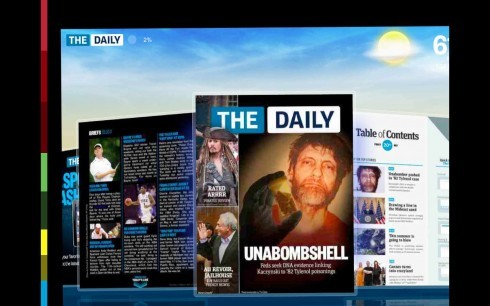
Feb. 2, 2011 was the day that Rupert Murdoch’s The Daily, the first ever “newspaper” for the iPad only, appeared.
I wrote at the time:
“First, the good stuff.
Ironically, I like the way most advertising is presented. If the word groundbreaking is to be used with this first edition, I believe it is with the way most of the ads are presented.”
Indeed, advertising was perhaps the most creative part of The Daily’s run.
Dec. 15, 2012 was the day The Daily published its last edition.
This is what I wrote as part of The Daily’s Requiem in my blog:A confession from this subscriber: I stopped looking at it as a reader months ago. I would refer to it as a media practitioner with a special interest in all things related to the tablet.
Why did I become disenchanted with The Daily?
It was too much like a newspaper and never advanced to the next level. True, it made inroads with more pop-ups and greater engagement, but it was stuck in the role of a newspaper that had simply moved to a different neighborhood. I want my printed newspapers (which I still read with gusto) to to feel like newspapers. But when I turn my tablet on and lean back, I want to enter the world of the tablet—new, fresh, full of possibilities. It should not be a trip to the attic. It is a journey in which one opens the windows and lets the fresh air in.
Read more about The Daily here:
https://garciamedia.com/blog/articles/the_daily_a_peripatetic_showcase_of_styles_moods_and_familiar_platforms_but/
Requiem for The Daily
https://garciamedia.com/blog/articles/requiem_for_the_daily/
Five lessons learned about iPad use
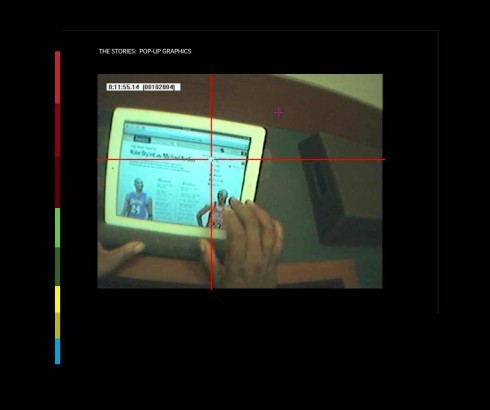
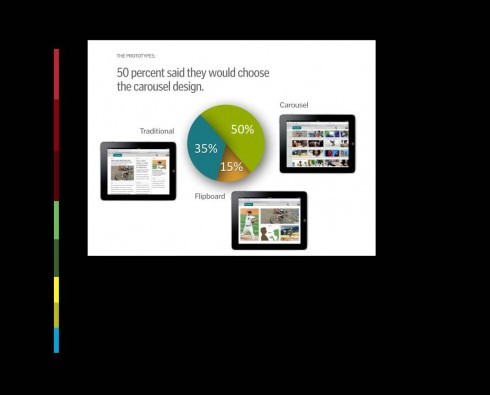
The Poynter EyeTrack research: clear preference for carrousel navigator
1. Users want to be updated, the news component is extremely important.
2. Tablet users want the complete experience.The knowledge that there is curation of lean back material, but aware that editors are
updating the edition.
3. Tablet users come to the tablet for the short read, for the long read, to be engaged and to be entertained.
4. While pop ups continue to be important: you must design for the eye, the brain and the finger, I believe we are seeing a more functional approach to what pops up.
5. The Poynter EyeTrack Tablet research showed us that tablet users prefer a carrousel navigator. There is no question that tablet users like to navigate stories via imagery.
At the end of the day, the tablet IS the newspaper in a new platform. We come with certain expectations that go beyond those we have for print. Nonetheless, at the heart of a tablet edition is storytelling.
Four years later: styles of tablet editions
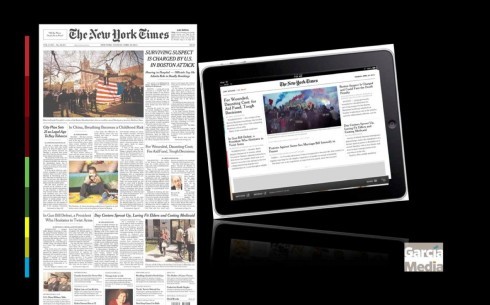
The New York Times: classic and elegant
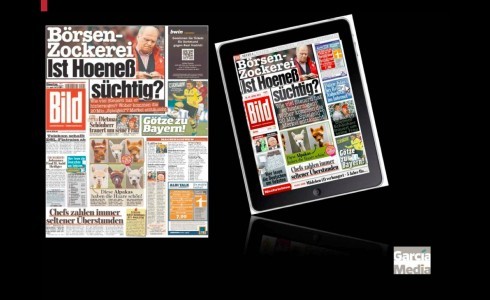
Bild (Germany): colorful and true to its brand
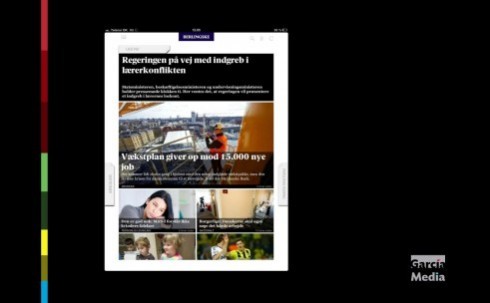
Berlingske (Denmark): pictorial, contemporary, no print legacy in view
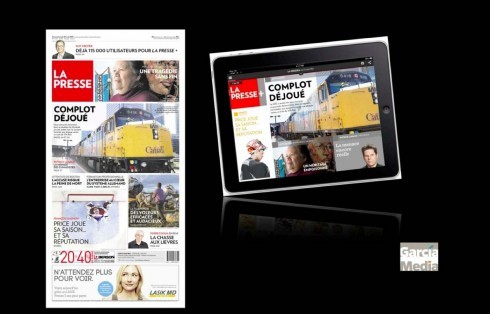
La Presse (Canada): modern, pictorial
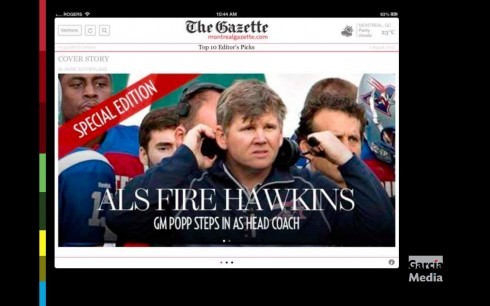
Montreal Gazette (Canada): newsy, constantly updated
Happy birhtday, iPad, and many more
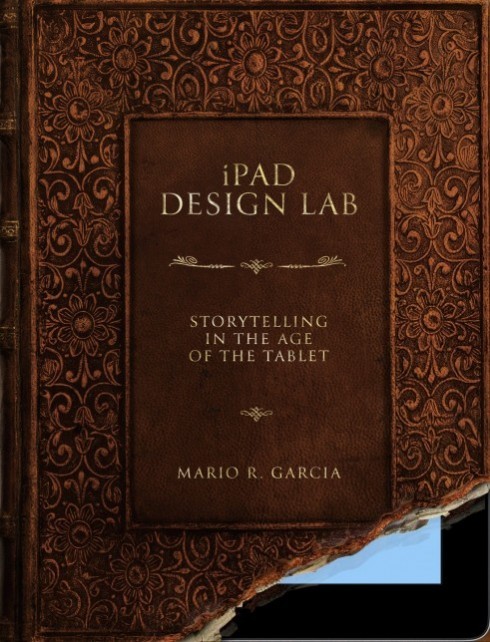
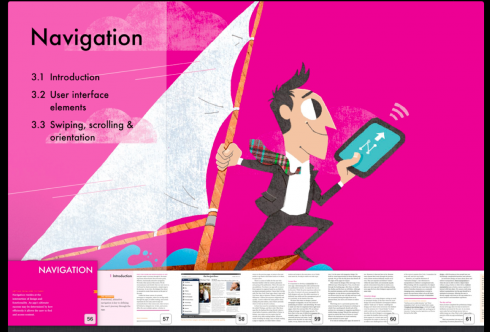
So, as Daniel continues to discover the iPad in front of him, so do we. I have to admit that much has happened since I completed my digital book, The iPad Design Lab: Storytelling in the Age of the Tablet. Indeed, from time to time I get an urge to update it Obviously, much changes in our media world from week to week, and a digital book published in 2012 can definitely be constantly updated.
However, as we celebrate the fourth birthday of the iPad, and while aware of the fast evolution of this platform, there are these elements in the introduction of my book that are as timely today as they were then:
1. Make the story the protagonist.
2. Explore the potential of the tablet to enhance the story, but do not add unnecessary bells and whistles simply because it can be done.
3. Design your tablet edition to be sophisticatedly simple.
Of related interest:
Announcing The Power of the Tablet conference at Poynter Institute, June 14-15
https://garciamedia.com/blog/articles/ann